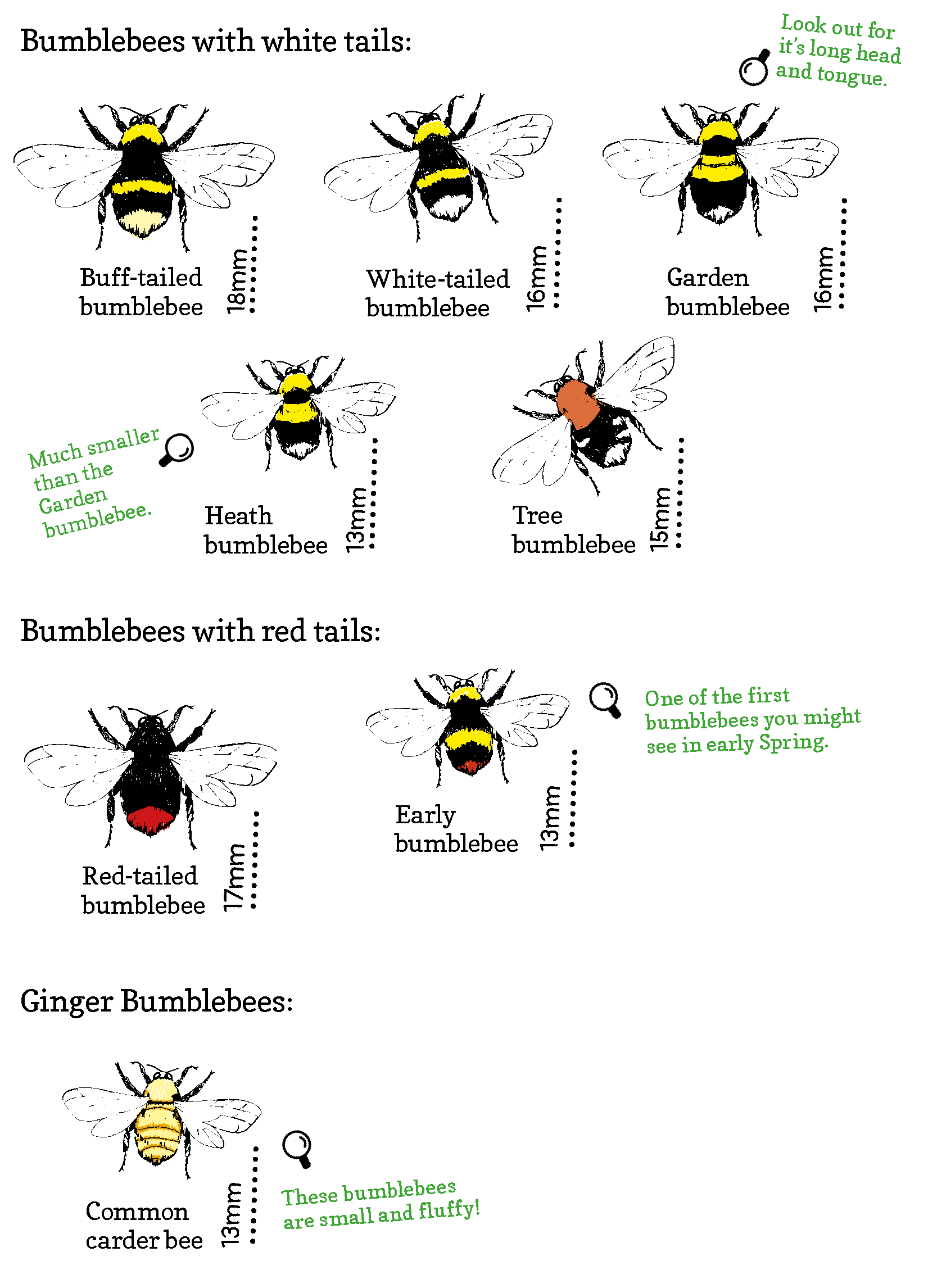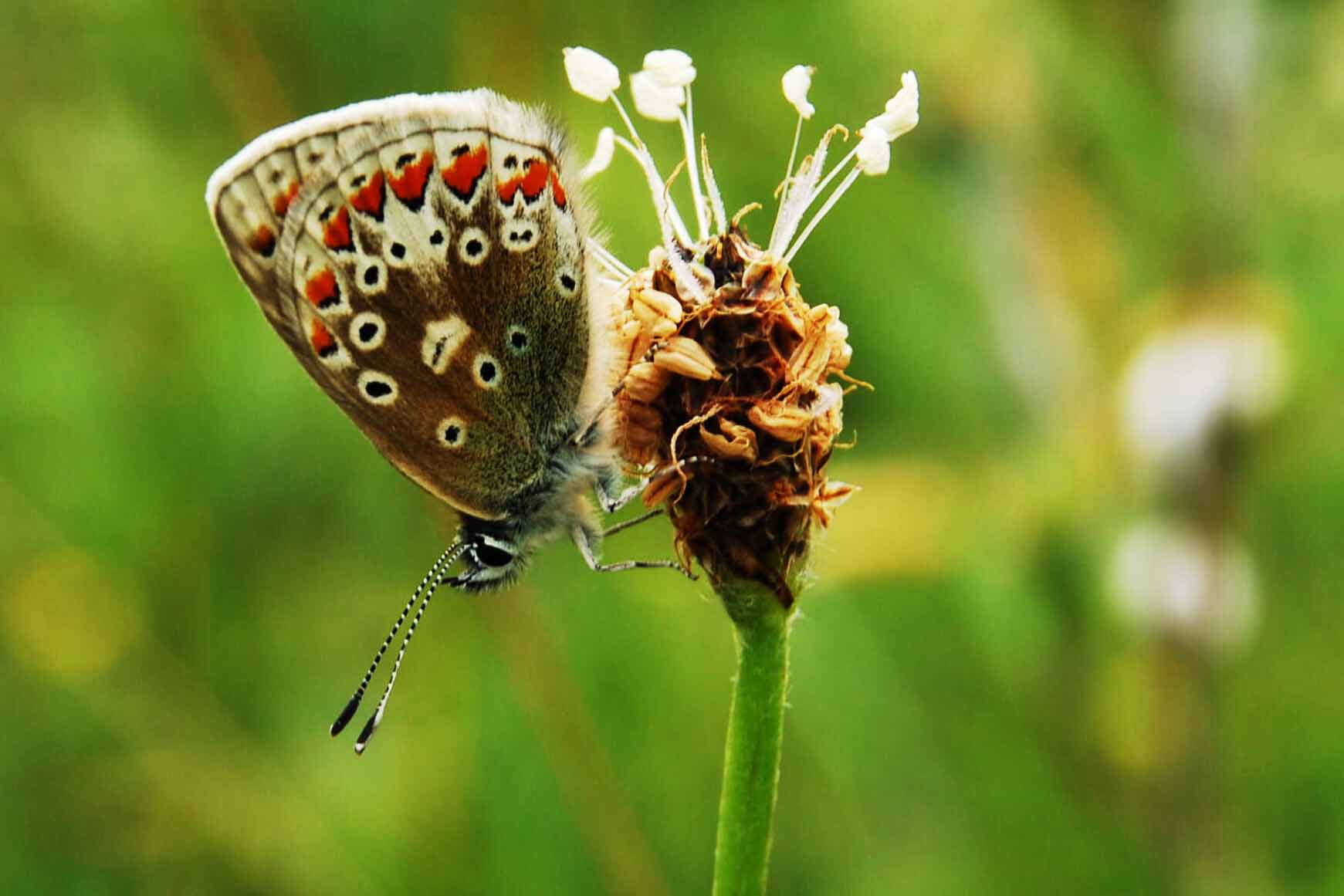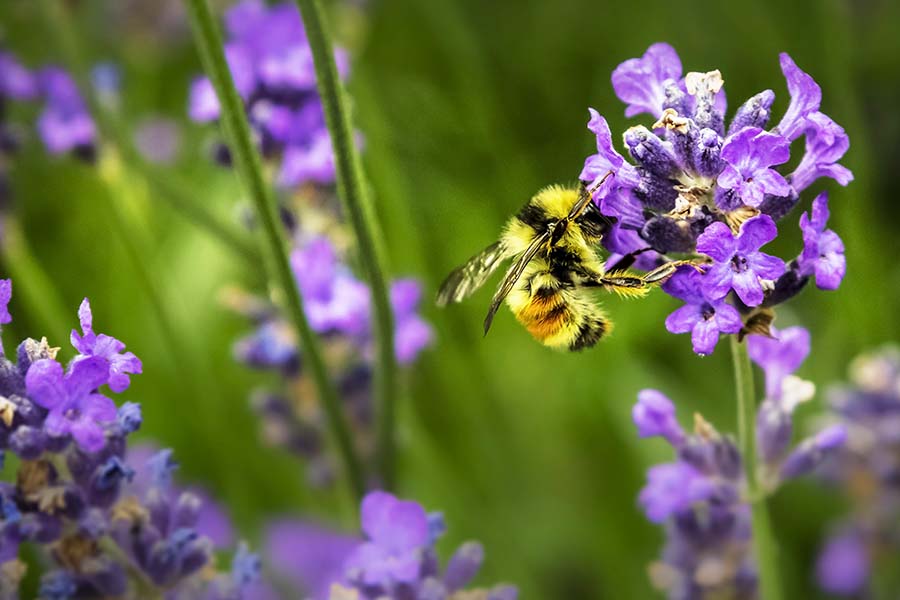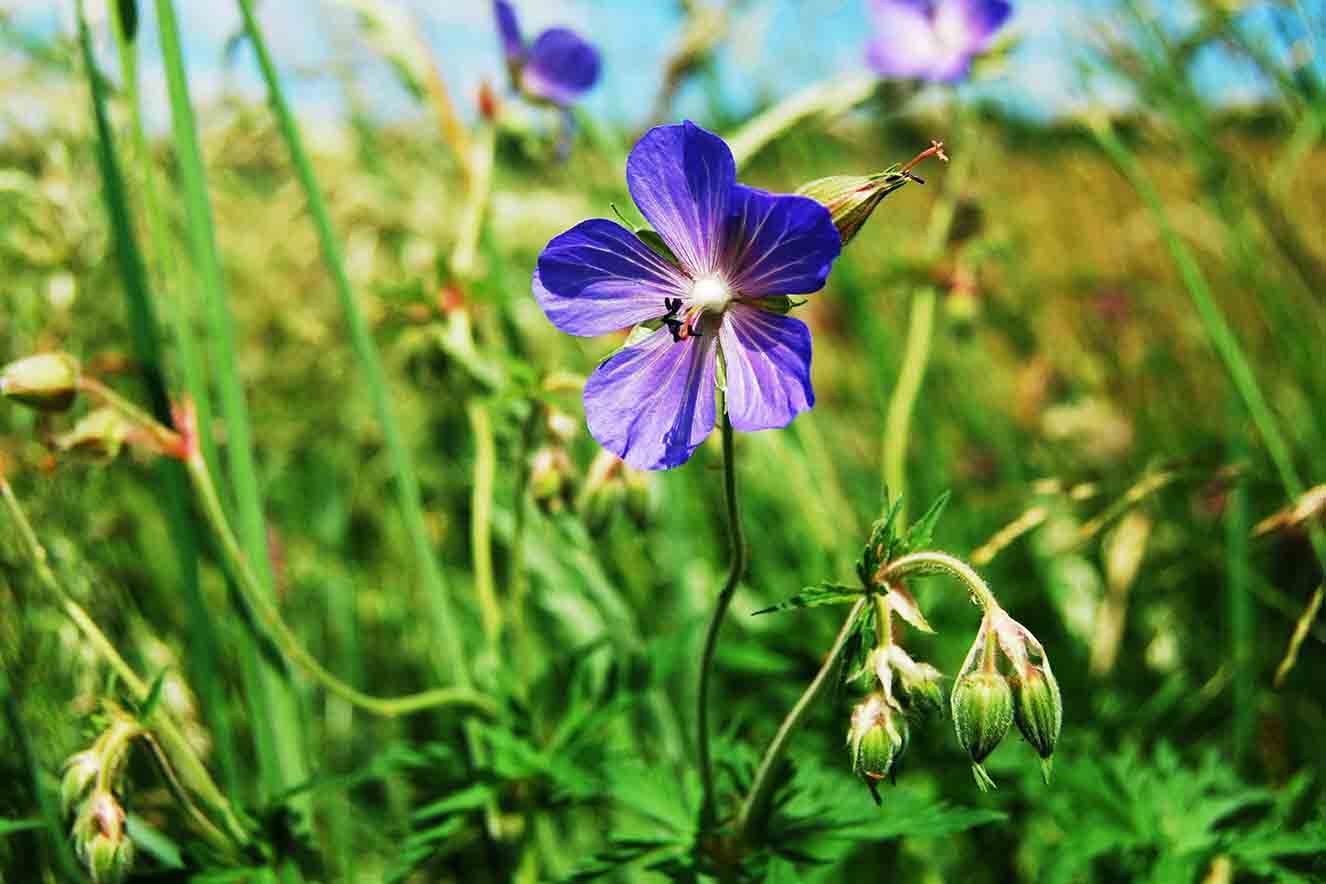Identify bumblebees
There are 24 species of bumblebee in the UK but only eight are commonly seen. Bumblebees look different to other types of bee because they are usually bigger and are always covered with thick hair.
When to spot bumblebees?
When you think of bumblebees, perhaps fluffy bees buzzing around a summer garden come to mind. However, did you know some bumblebees can emerge from hibernation as early as February? In some of the warmer regions of the UK, buff-tailed bumblebees can even be spotted in mid-winter!
Although the Yorkshire Dales in winter might be a little too cold for even the hardiest of bees, you can still keep an eye out for those bumblebees emerging from hibernation in early spring. The very large Buff-tailed queens are amongst the first bees to emerge. As the name suggests, the Early bumblebee is also a spring specialist and can emerge as early as February. Finally, the Tree bumblebee, which only arrived on our shores in 2001, can also been seen in February and early March.
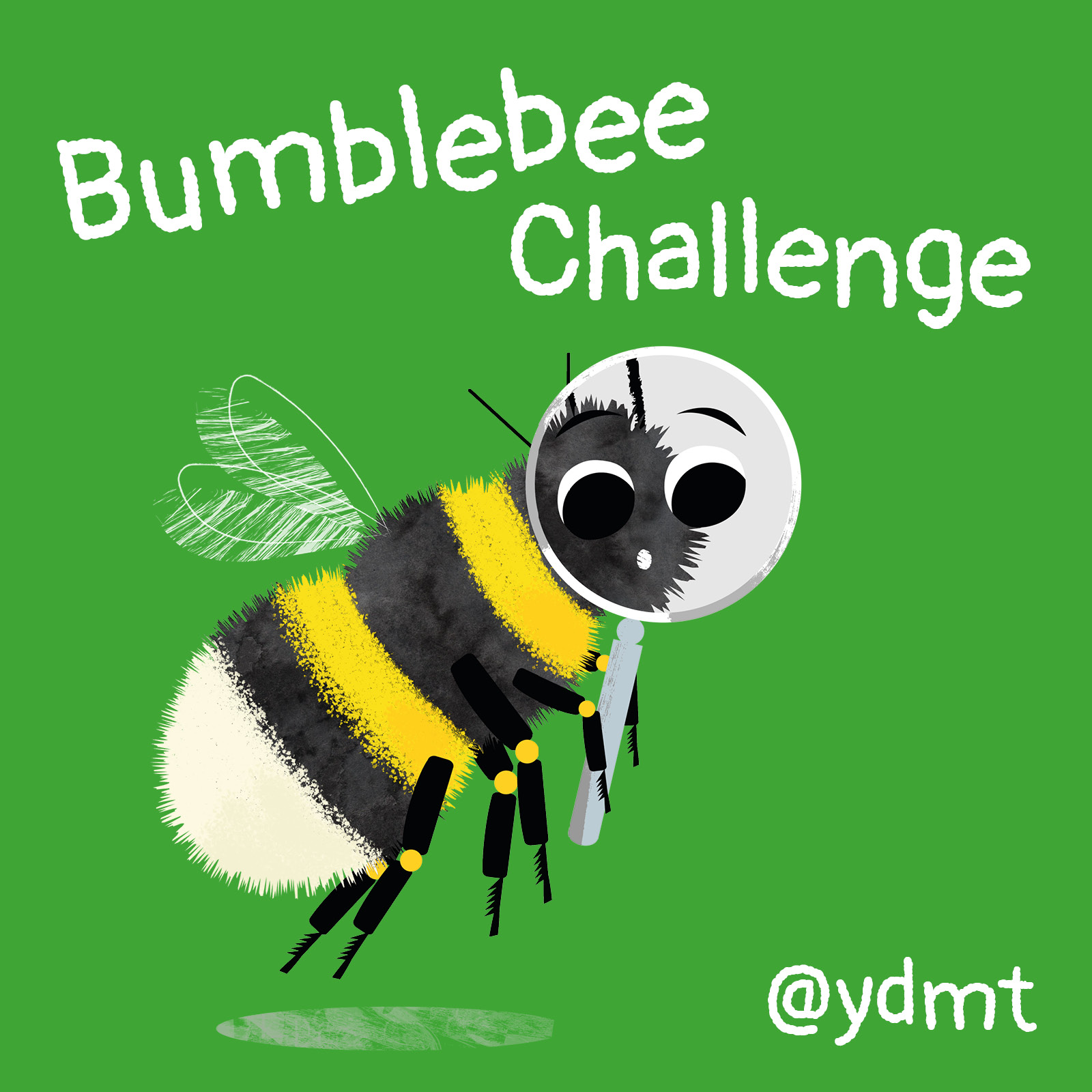
How you can help hungry bees
So, look out in your garden, local woodlands or parks for queen bumblebees emerging from hibernation. These bees have used up their fat reserves over winter, so immediately begin foraging for nectar to give them energy. At this time of year there can be very few plants in flower, so finding food is a challenge.
You can give hungry bees in your local area a helping hand by planting nectar rich flowers in your garden that flower early in the season. Look for plants such as crocuses, snowdrops, primroses and grape hyacinths. If you have space in your garden, a willow tree – even a small one in a pot, is an excellent source of nectar early in the spring.
While these plants are widely available at garden centres and nurseries, do remember that many plants have been treated with pesticides that can be harmful to bees and other insects. To avoid pesticides, search for organic nurseries online or arrange a plant swap to share cuttings with your friends.
